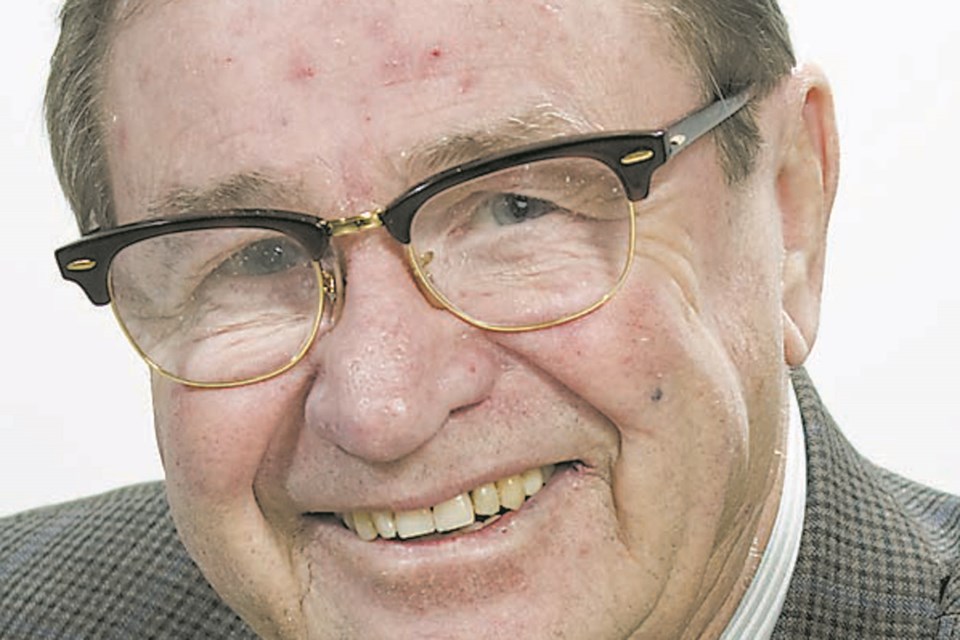What a mess we have made in coping with the latest outbreak of a global infection from a tiny piece of nucleic acid wearing a protein overcoat. We have seen it before — the common cold, measles, mumps, chicken pox, rabies, small pox, influenza, and poliomyelitis, only this time it has been a politically-driven disaster with more than six million deaths to date, according to Worldometer.
The World Health Organization now reports 15 million excess deaths in 2020 and 2021.
What is fascinating about our approach to these particles is that we determined they existed in the 1890s even though we couldn’t see them until the electronic microscope was developed in the 1950s. Indeed, the first vaccine against viruses was given in 1796 by Dr. Edward Jenner when he injected a patient with an extract of cow pox and found it prevented small pox.
The good news about the current state of affairs is we now have highly effective vaccines that prevent hospitalizations and deaths. And the technology is in place to update the vaccines quickly as new variants of the virus emerge.
The bad news has been the direct operational involvement by politicians. While this has been an incurable and deadly feature of the pandemic, there is an effective preventive cure against vote-seeking hubris as COVID-19 enters the endemic phase.
I refer to the approach used in eliminating poliomyelitis (polio) from the Earth. Polio is a highly infectious virus which lives naturally in the soil and is transmitted person to person or by contact with contaminated water or food. The virus multiplies in the gut, invades the nervous system, and causes paralysis.
First detected in Canada in 1910, it peaked in 1953 with nearly 9,000 cases and 500 deaths. It was the most serious national outbreak of an infectious disease since the Spanish Flu. The outbreak then spread to the U.S. and South America, leading to closures of playgrounds, swimming pools and beaches, theatres, public water fountains, and limitations of social contacts. Sound familiar?
Then along came two vaccines — a killed virus vaccine (Dr. Jonas Salk) tested on 1.3 million children in the U.S., and a live attenuated virus vaccine (Dr. Albert Sabin) tested on 10 million Soviet children. They worked, but by the mid 1980s more than 350,000 cases per year remained in 125 countries so that, in 1988, the World Health Organization adopted a resolution for the global eradication of polio.
Co-ordinated through the WHO with the support of national governments, Rotary International, the U.S. Centers for Disease Control and Prevention, UNICEF, and joined by the Bill and Melinda Gates Foundation, and Gavi, the vaccine alliance, global immunization of children against polio took place. It worked. Of the three strains of wild polio virus (types 1, 2, and 3), type 2 was eradicated in 1999; type 3 in 2012; and in 2021, only one case of type 1 was reported from each of Pakistan and Afghanistan.
Now a global polio eradication initiative has been launched through WHO. Its goal is to vaccinate 370 million children over the next five years, with polio surveillance to continue in 50 countries. We are nearly there.
Wouldn’t it make sense to add COVID-19 to this type of approach?
Alan Murdock is a local pediatrician.



